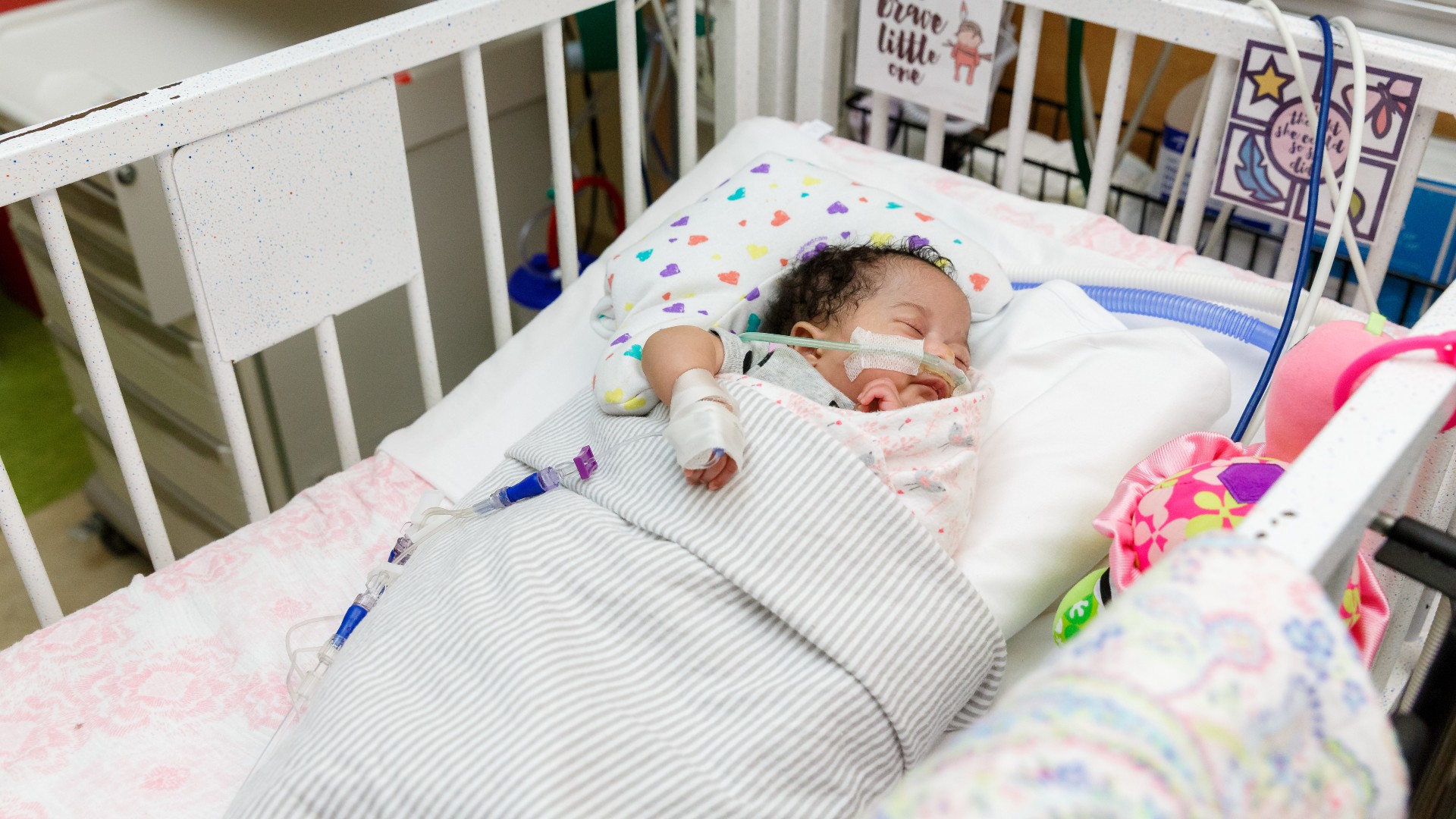Condition
Pediatric Posterior Urethral Valve
What You Need to Know
Posterior urethral valves are a problem with the urethra in a boy. The urethra is the tube that drains urine from the bladder to the outside of the body.
Diagnosis
Your child may also have tests, such as:
- Abdominal ultrasound
- Voiding cystourethrogram (VCUG)
- Cystoscopy
- Blood test
Key Symptoms
The most common symptoms include:
- An enlarged bladder that can be felt through the belly
- Pain when urinating
- Weak urine stream
- Feeling the need to urinate often
- Bedwetting or pants wetting after toilet training
- Poor weight gain
- Urinary tract infection
Treatment
Treatment may include:
- Supportive care
- Cystoscopic ablation
- Vesicostomy

Schedule an Appointment
Our pediatric specialists provide personalized care for your child’s physical, mental and emotional health needs. Meet the providers who treat posterior urethral valves and schedule an appointment today.
Frequently Asked Questions
What are posterior urethral valves in children?
What causes posterior urethral valves in a child?
What are the symptoms of posterior urethral valves in a child?
How are posterior urethral valves diagnosed in a child?
How are posterior urethral valves treated in a child?
What are possible complications of posterior urethral valves in a child?
When should I call my child’s healthcare provider?
Departments that Treat Posterior Urethral Valve

Nephrology
Learn how our highly skilled pediatric nephrology team works across divisions to manage the full range of kidney diseases in children, including dialysis and kidney transplantation.

Help Kids and Make a Difference
Invest in future cures for some of life's most devastating diseases. Give today to help more children grow up stronger.










